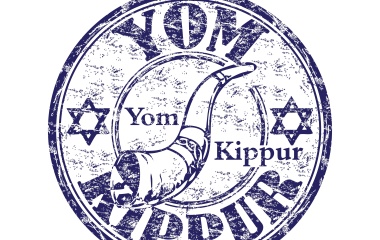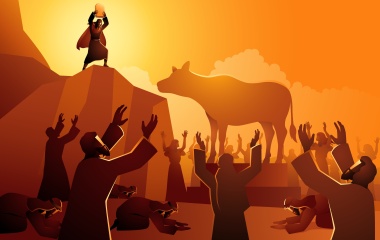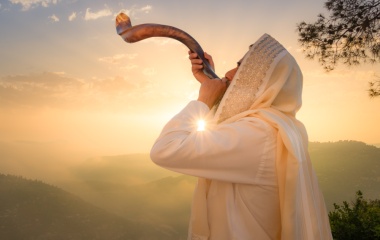
“With the approval of Hamakom, the Omnipresent, and with the approval of the congregation, in the convocation of the court above, and in the convocation of the court below, we sanction prayer with the transgressors.”
The night of the “Shabbat of Shabbats” has arrived, the night when, more than any other time of the year, Jews from all walks of life flock to shul. Kol Nidrei and its haunting melody that is the most famous part of our liturgy, is about to be chanted. Yet before we begin our davening, we extend an “invitation” to all—even the sinners—to join us in prayer as we grant ourselves permission to pray with such sinners. Why do we need permission to pray with sinners? Should we not welcome them with open arms? How wonderful that they want to join in prayer!
Yom Kippur is the time when we renew our relationship with G-d. We try, to the best of our ability, to emulate the attributes of G-d as we strive to live a life of piety and purity. The spiritual high we attempt to reach on Yom Kippur must give us spiritual strength for the remainder of the year. No doubt the presence of sinners in our midst hinders us from our goal. If not all in shul share the same goals, those goals become harder to attain. The top educational institutions reject the vast majority of applicants; to produce the best one must mingle only with the very best. It is quite understandable, even commendable, to want to pray only with the righteous. Understandable, commendable...but ultimately, incorrect.
The opening, and hence most significant, message of Yom Kippur is that Jews from all walks of life and levels of observance must come together. We are one community, a community made up of the righteous, the sinners, and everybody in between. The Talmud tells us that included in the spices of the incense brought in the Temple is Chelbenah, a spice with a foul aroma. Coming closer to G-d by offering Him incense means including those who offer bad smells.
This idea is similar to the Midrashic teaching regarding the four species we bundle together on Sukkoth. The beautiful etrog represents the pious, learned Jew, whereas the simple little branch of the willow corresponds to Jews who are neither learned nor observant. Yet the four species must be held together; that missing willow would invalidate all the rest. A community without sinners is no community. If we have no influence on the less observant, we have failed in our communal responsibilities.
Interestingly, the word used for G-d in this recital is Hamakom, the place, a name of G-d most often used in a house of mourning. While it signifies that G-d is everywhere, it also denotes an aloofness and remoteness from G-d. Yes, He is everywhere, but I feel distant from Him; He is “some place” but nowhere near me. A mourner, having lost a loved one, naturally feels distant from G-d. After all, a most beloved person created in the image of G-d has been taken away.
Before experiencing Yom Kippur, before purifying oneself from sin, a Jew is remote from the Almighty; sin separates the two. “On this day, you shall have all your sins atoned, so that you will be cleansed of all your sins Lifnei Hashem, before G-d, you will be cleansed” (Vayikra 16:30). This verse is repeated over and over on Yom Kippur as we work to cleanse ourselves from the impurity of sin. To feel that we are “Lifnei Hashem” is the goal of Yom Kippur. G-d must be before us always. In the corporate boardroom, in the shul (yes, the presence of G-d is sometimes hard to detect, even in shul), on the pool deck, and around the dinner table, G-d must have a seat.
As we enter Yom Kippur, G-d is Hamakom, distant and remote. But as we progress through this most important day, we begin to feel the presence of G-d hovering nearby as we enter the state of lifnei Hashem teetaharu, before G-d you shall purify yourselves. If we are successful, lifnei Hashem will replace Hamakom. May we merit feeling G-d’s presence, not just on Yom Kippur, but throughout the year.



